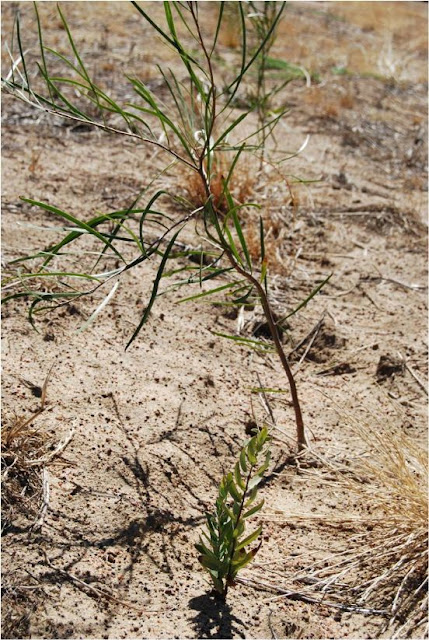Host Plant in Sandalwood Farming
Why does Sandalwood need a host tree?
Sandalwood trees are root
hemi-parasites and require host trees for healthy growth. The host trees
provide extra water and nutrients to the sandalwood delivered by a unique root
connection called haustoria. The two trees form a symbiotic relationship throughout
the life of the sandalwood tree. The best host species are the nitrogen-fixing
plants.
Sandalwood seed is large with a dense store of carbohydrates that drive the rapid root growth required as the seedling searches for the roots of a host. If the tree cannot fix onto a host within one or two years it will die. With the host plants already established the simplest and most cost-effective method of establishing the sandalwood is to direct sow treated seed close to the host.
Germinating Sandalwood seed showing the vigorous root system that develops in search of a host plant
Researchers suggest aiming for about 500 Sandalwood trees per hectare. If the host is a one-year-old wattle the seed should be planted within a metre. For more established trees it may be worth exploring how far the roots of the hosts extend before sowing the seeds. Planting the Sandalwood on the north side might be a way of reducing the shading.
Emerging Sandalwood seedling (foreground) beside a host plant (native wattle) that was planted prior to sowing of the seed


Learn about the benefits of Hosting Trees for GDP growth. Trees provide numerous economic benefits, including reducing energy costs, improving air quality, and supporting local businesses.
ReplyDelete